ISO TS/15066's Family Tree

ISO/TS 15066 builds on ISO 10218-1 and ISO 10218-2, which were published in 2011 and describe safety requirements for industrial robots.
Writing the sections on collaborative robotics for ISO 10218 was “almost like writing science fiction,” says Dave Smith, a robotics safety expert at Honda Canada Manufacturing, who served on the committees responsible for developing ISO 10218 and ISO/TS 15066.
“We were writing requirements for things that were coming, but we didn't know exactly what they would be. There were a lot of new products out there, particularly collaborative robots as well as power and force limited robots and we didn't know very much about those robots at that time,” says Smith.
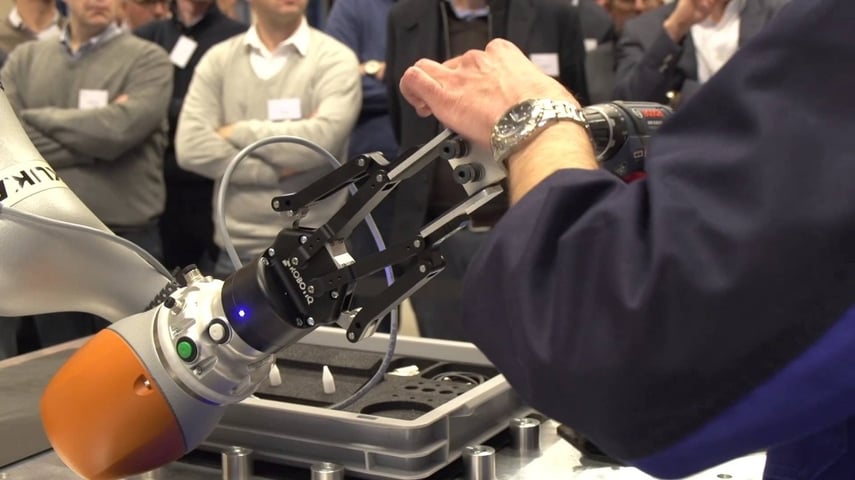
Of course, the use of collaborative robotics has become much more widespread since ISO 10218 was released back in 2011. That growth is set to continue with the collaborative robotics sector, which is expected to increase roughly tenfold between 2015 and 2020, reaching over US$1 billion from approximately US$95M in 2015, according to a 2015 study published by ABI Research.
Since 2011, a knowledge base around collaborative robot safety has been built, making it possible to create a set of technical specifications for collaborative robot applications.
“As collaborative robots became more prevalent, we needed to write these technical specifications. We needed to give more details on ISO 10218's requirements, based on the experience we had all gathered since the first version came out,” explains Smith.
ISO/TS 15066 is expected to be added to ISO 10218 Part 1/2 where applicable, when the standard comes up for review in 2017.
When the Robotics Industry Association (RIA) first coined the term “collaborative robot” in 2003, it had very different robots in mind, says Jeff Fryman, a robot safety consultant, who served as Director of Standards Development at the RIA for 17 years.
“We were envisioning 'big, bad' six axis articulated robots. The concept of collaborative robots today is far different from our original vision. We did not envision the 'Foxconn' solution of a human-robot working on the same line,” says Fryman. “ISO 10218-2 talks about the design of collaborative robot cells, but it doesn't have the details. We hope to fill in that gap with ISO/TS 15066.”
ISO/TS 15066 Explained
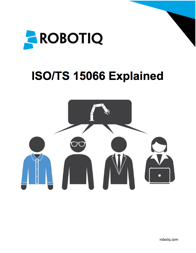 We interviewed members of the ISO Committee that wrote ISO/TS 15066 to get their input and provide more context to the document. This eBook will make these new technical specifications easy to understand. It covers the reason why it was written, how it affects the factories today, and why it's important. Even better, it explains the content of the technical specifications in the context of real-world scenarios, which you can relate to.
We interviewed members of the ISO Committee that wrote ISO/TS 15066 to get their input and provide more context to the document. This eBook will make these new technical specifications easy to understand. It covers the reason why it was written, how it affects the factories today, and why it's important. Even better, it explains the content of the technical specifications in the context of real-world scenarios, which you can relate to.


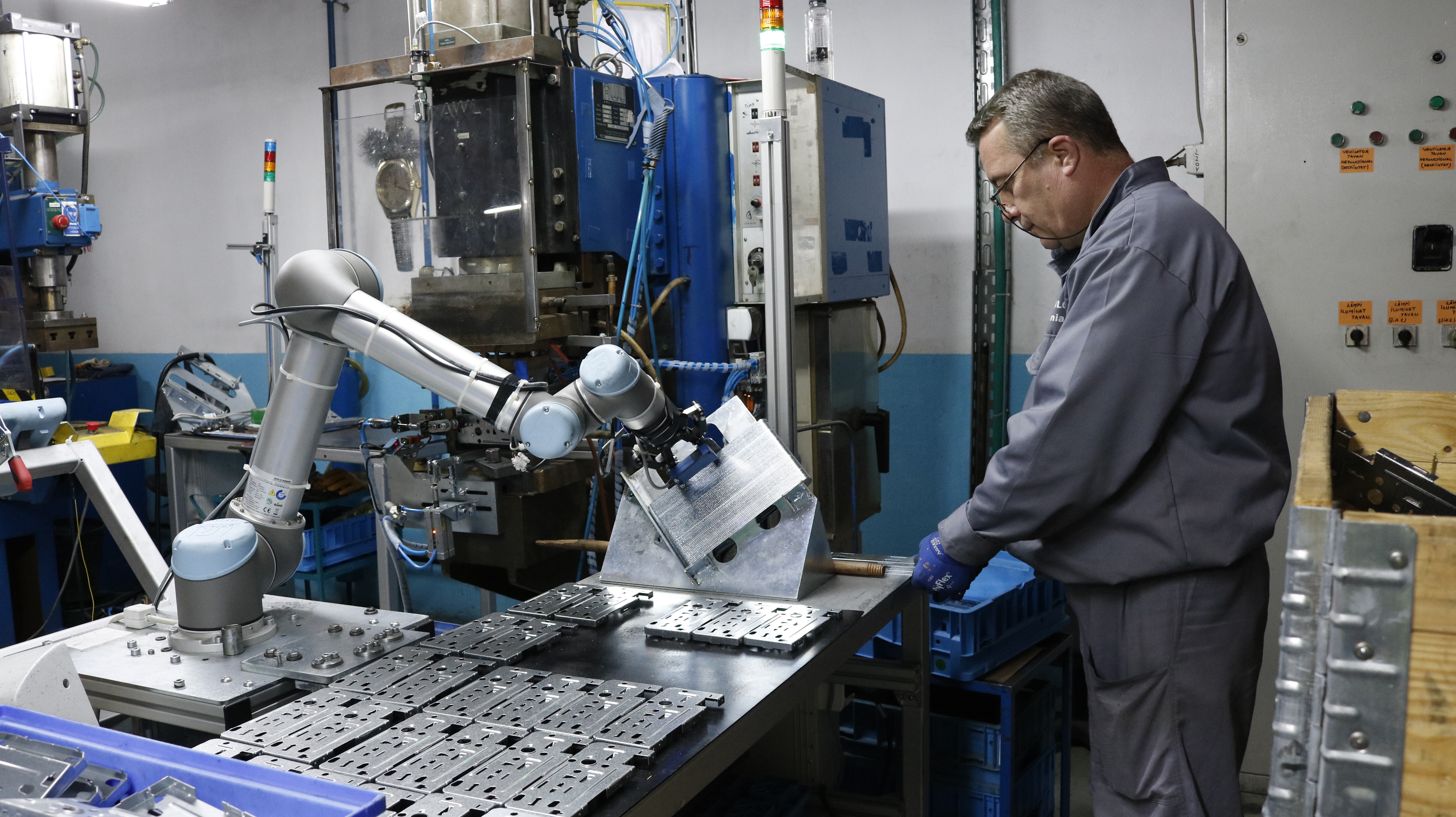

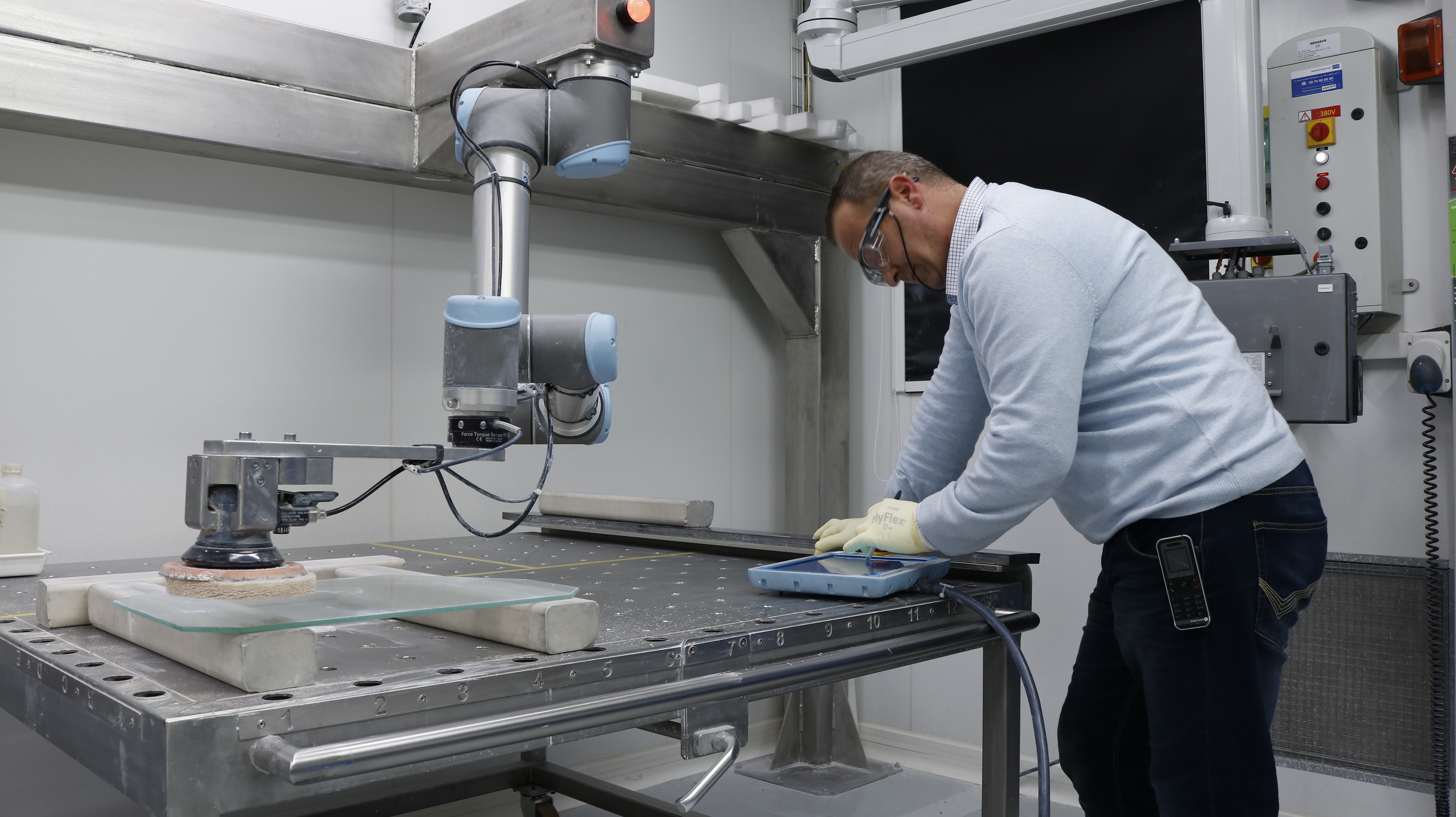
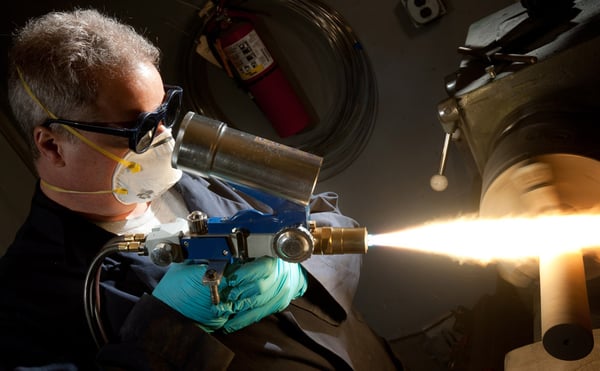
Leave a comment